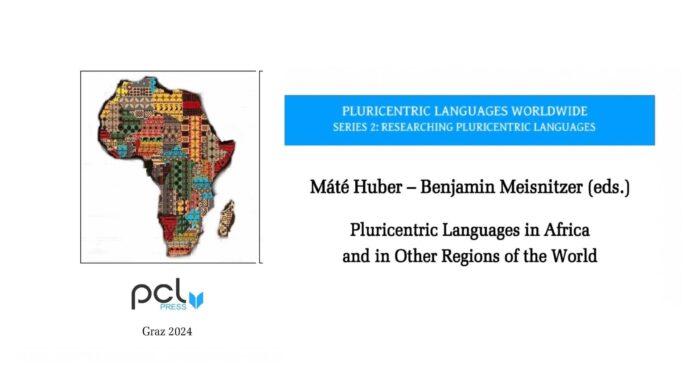A new open-access publication titled Pluricentric Languages in Africa and in Other Regions of the World has just been released, thanks to the efforts of editors Benjamin Meisnitzer and Máté Huber, along with their dedicated editorial team. The publication is now freely accessible here, providing an invaluable resource for scholars and enthusiasts of linguistic diversity.
Among the thought-provoking contributions is a study by Mena B. Lafkioui, Pluricentricity, Iconisation, and Instrumentalisation of Language in North Africa and its Diaspora, available for download here. Lafkioui’s work examines the pivotal “role of Tamazight in shaping “Amazighness” — the translocal Amazigh group identity — which has been influenced by various social, political, and historical factors.” The concept of linguistic ‘pluricentricity’ plays a significant role in fostering this identity, despite the dominance of other languages in daily interactions.
Lafkioui’s study highlights that discussions on Amazigh identity continue to center on Tamazight, emphasizing its deep ethnic significance. However, there has been a noticeable shift in recent years, particularly in the way Tamazight is perceived alongside Darija dialect. This shift is largely driven by governmental efforts to instrumentalize Tamazight following its official recognition in Morocco and Algeria, combined with ongoing Arabisation policies. Yet, despite these efforts, the push for Arabisation has not succeeded in replacing Tamazight and Darija with Standard Arabic as originally intended, leading to a phenomenon described as ‘Darijation’.
The study also delves into how language not only expresses but actively shapes culture through what Lafkioui terms ‘conventionalised heteroglossia’. Language is presented as a key element in both traditional and modern cultural practices, underscoring its dynamic role in the formation and expression of cultural identity.
This publication is an important contribution to the understanding of pluricentric languages and offers a unique lens on the linguistic and cultural complexities of North Africa and beyond.

